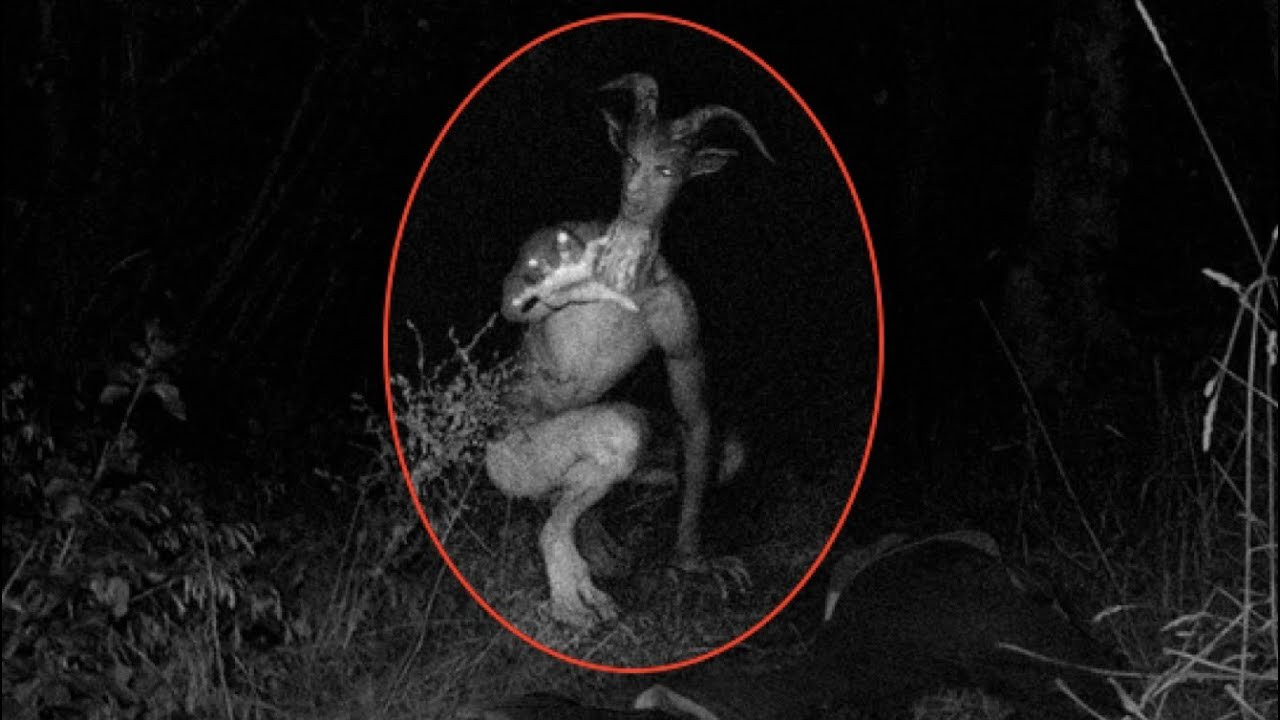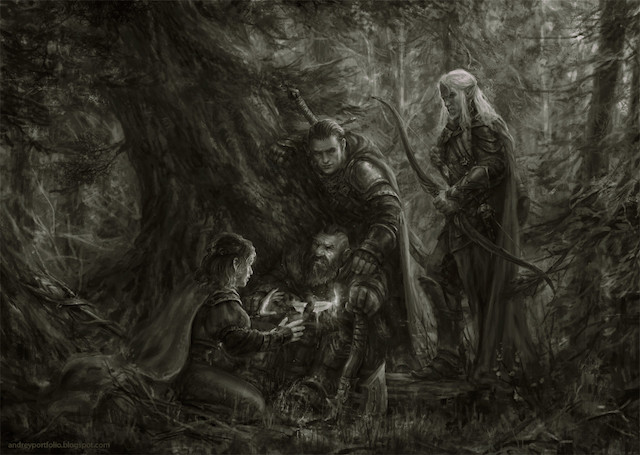I’ve talked in the past about some of the elements of fear including isolation and powerlessness. Today we’re going to talk about the unknown. Specifically, how to leverage what the player’s don’t know about the monsters they encounter and how you can easily run monster’s your players have never seen on the fly.
In Pathfinder we have six hard-cover bestiaries from Paizo and countless monster books from third party sources including the Tome of Horrors series and the Advanced Bestiary. We have tons of stat-blocks and there’s almost no way your players are familiar with every creature, and creature template combination you could think of and yet I don’t surprise my players as often as I’d like because my players and I have similar tastes and we’re drawn to read the same entries in the bestiaries or because at least one of my players apparently falls asleep reading monster manuals and bestiaries.
So how do you surprise and worry the PCs at the table?
Option One: File Off the Serial Numbers. The simplest route is to use a familiar stat-block but ditch the normal description. For example, let’s take the common troll. Whether you use the tusked green-skinned creature introduced in Gollarion or the older vine-like long-limbed troll of the 3era monster manuals chances are your players will immediately begin looking for acid and fire. Or thinking of ways they can justify discovering that, that’s what they need. If you want to worry your character’s longer consider the following description:
“You hear a huff of breath come from the darkened corner of the room and see a large muscular seemingly headless, bipedal creature with gray stone like skin crisscrossed with black veins. It has a pair of pincer-like talons that are currently shoving chunks of meat into a maw where its neck would be. As you enter the room you make enough noise that creature lunges to its feet in a crouch and whirls to face you revealing a round red-rimmed and toothy maw atop the creature’s torso you can also see a number of bulbous spider-like eyes bulging from the creature’s upper back as it charges you its gait awkward but terrifyingly fast. Roll initiative.”
Chances are your player’s will ask to make knowledge checks, rather than just saying it’s a reskinned troll consider telling them it’s a giant then reveal that the black veins are an eye-stingingly strong-smelling sticky sweat that reminds them of the scent of alchemist fire. Maybe the creature is susceptible to fire damage.
The point is use details to support those checks but don’t give away what you’ve done. Keep your player’s in the dark. This also works best if the players can’t see over your screen or steal a glance at your monitor. If you have time copy the stat-block from the PRD and make changes to the name and description and have that at the table instead.
Option Two: Surprise Round! Okay not literally the surprise round but you can get a lot of mileage by adding a surprise to an existing monster. Nothing tells players they know nothing faster than giving them a familiar enemy that functions differently.
Maybe your adventure culminates with an encounter with a dragon but you don’t want to use typical chromatic dragons in your world. Set-up the difference right away in the description then throw on an unexpected ability or two. So maybe instead of red, you describe the dragon as having patterned brown and green scales and a mane of quill-like fur around its head and its spine. Then instead of frightful presence, you give it the stench aura. For simplicity, you can stick with the DC for frightful presence. Now at least for a moment, the PCs won’t know what to expect.
Option Three: Look Ma, No Hands! If you have experience making monsters you can always make your own but you can’t do that on the fly…or can you? In the back of the Bestiary are the monster creation rules. I like using this table on the fly to build unique encounters quickly. It’s not how the table was intended to be used but your players will never know if you don’t tell them.
Choose a CR then Using the target numbers as a guide make a few notes on AC, saves, attacks etc. decide on a couple of special abilities and wing it. You have to be careful your monster’s don’t become too similar but mostly that’s in descriptions and tactics you employ. Now you probably don’t want to run whole campaigns this way because you also want encounters to be consistent. If the PCs fight a bunch of killer music-box automatons you built this way and two weeks later they’re fighting a bunch more the power levels and abilities should be the same as they were the first time.
I hope you found these tips helpful. If you have any comment or suggestions for keeping players in the dark when designing monstrous encounters leave us a comment below.






